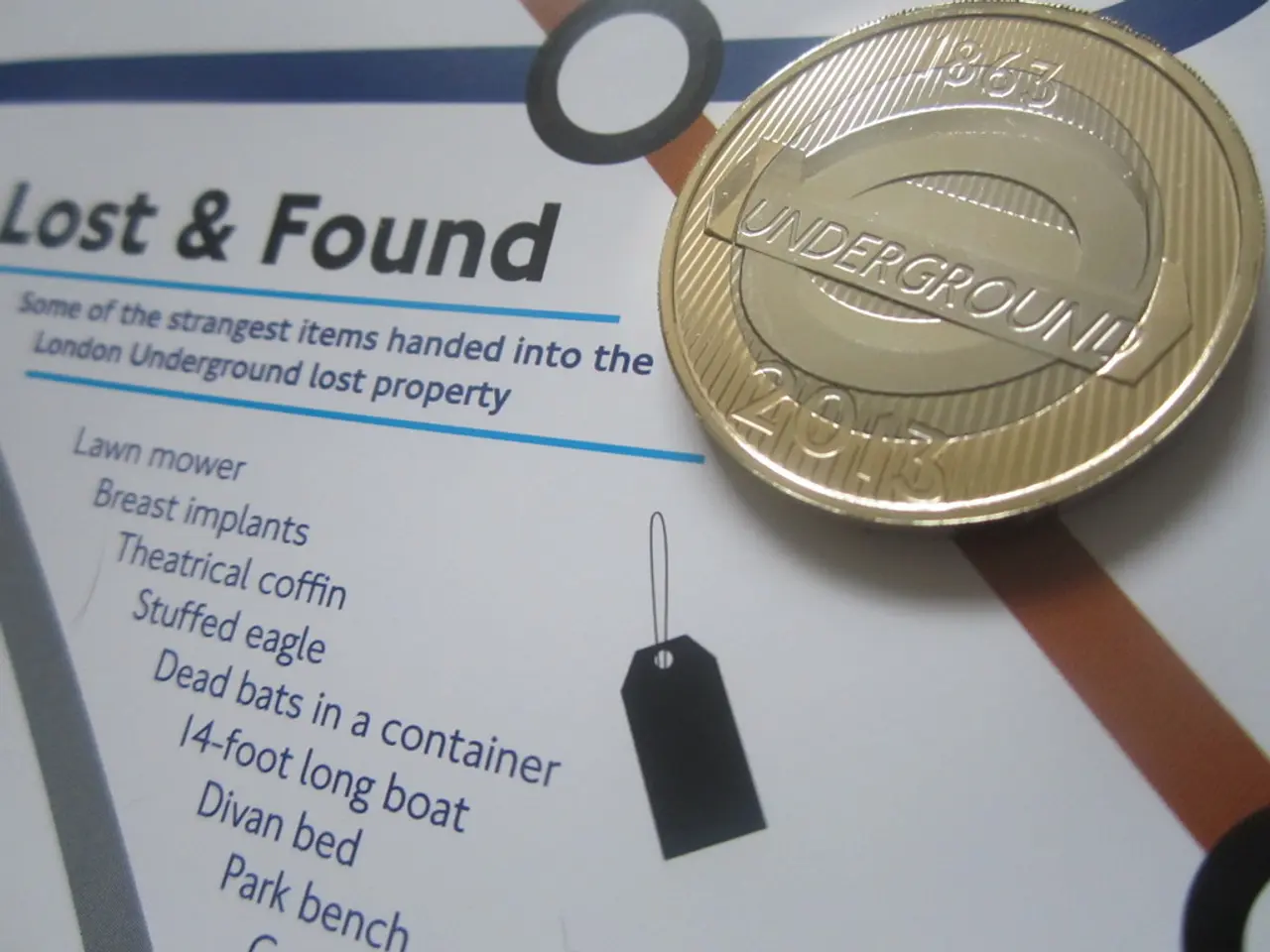Stablecoins Dominate Market, Banks Weigh Participation
The stablecoin market, dominated by Tether (USDT) and USD Coin (USDC), now accounts for over 80 percent of its total volume. These digital currencies enable faster, cheaper, and safer cross-border transactions, drawing deposits away from US banks and increasing demand for US Treasury securities.
Stablecoins have grown from a niche market to a global segment with a capitalization exceeding 250 billion USD in less than a decade. They facilitate delivery-versus-payment transactions, challenging existing clearing platforms on stock market capital markets. Many German banks are exploring custody offerings and pilot projects related to digital assets and stablecoins.
The introduction of the digital euro is a political response to the spread of USD stablecoins in the EU internal market. German banks plan to expand and implement digital currency offers around the completion of the digital euro preparation phase in October 2025. They also aim to develop secure and efficient settlement of tokenized assets in central bank money 'as soon as possible' from early 2025.
Stablecoins present both opportunities and threats to US banks. They offer potential for efficiency and product innovation but also put pressure on deposits, fee and foreign exchange business, and the intermediary role of banks. As stablecoins continue to grow, banks must decide whether to actively participate in shaping the new stablecoin ecosystem or risk losing market share to competitors.
Read also:
- Trade Disputes Escalate: Trump Imposes Tariffs, India Retaliates; threatened boycott ranges from McDonald's, Coca-Cola to iPhones
- Aquatech purchases Koch's Direct Lithium Extraction business, merging Li-ProTM DLE technology into the PEARLTM Technology Platform.
- Nepal's Journey: Evolution from Street Life to Political Power
- Li Auto faces scrutiny after crash test involving i8 model and a truck manufacturer sparks controversy




